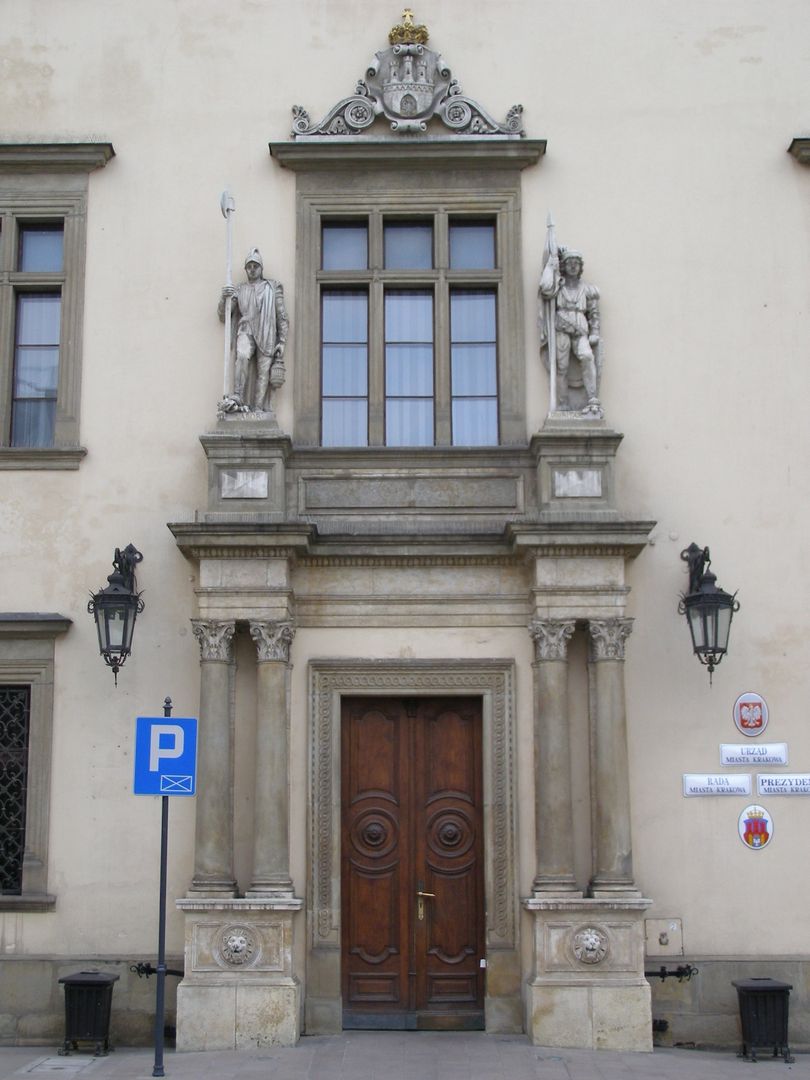The Wielopolski Palace in Krakow
6.25

Overview
The Wielopolski Palace, built between 1535 and 1560 for Hetman Jan Tarnowski, has passed through various historical stages and owners, including the Ostrogski, Zamoyski, and Wielopolski families, who held it until 1864, when it was purchased by the Municipality of Kraków and transformed into the seat of the city council. The palace was repeatedly rebuilt, including between 1620 and 1640, when it gained a Baroque entrance hall and portal. After a fire in 1850 and subsequent changes, it was remodeled in 1865–1868 to serve as municipal offices according to a design by Paweł Barański. The architecture of the palace combines elements of various styles; original Gothic and Renaissance details coexist with a neo-Renaissance portal from the early 20th century, decorated with sculptures symbolizing labor and dignity. The palace interiors are distinguished by representative halls, such as the Stanisław Wyspiański Conference Hall with paintings by Jan Bukowski, the Portrait Hall with images of Polish kings, and the modern administrative facilities of the city council. The palace serves as a cultural center, hosting various events, including balls, exhibitions, and artistic presentations. An interesting fact is its continuous connection with the city's history, as the palace hosted important events such as theater performances, and in the 20th century, a fire in 1926 altered the decor of the City Council Meeting Hall. In 1993, conservation work began to restore the building's original splendor. The palace is regarded not only as a significant architectural element of Kraków but also as an important landmark in the city's cultural and historical context. Today, it houses the office of the President of Kraków and the City Hall, making it a crucial site for contemporary urban life.
Location
Tickets
Powered by GetYourGuide
2025 Wizytor | All Rights Reserved